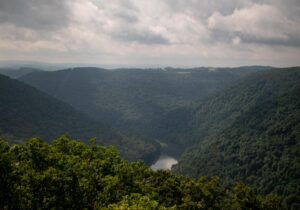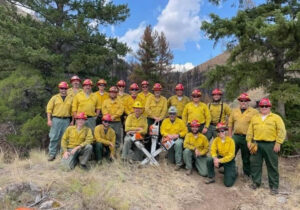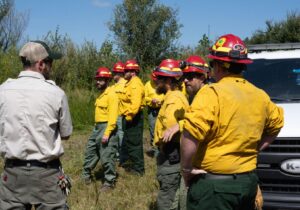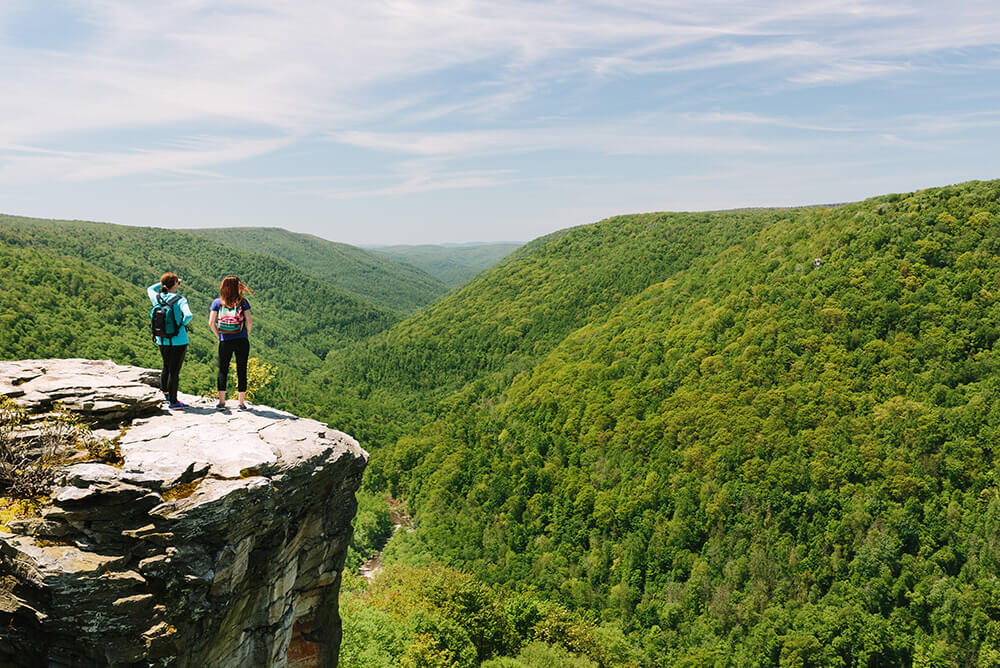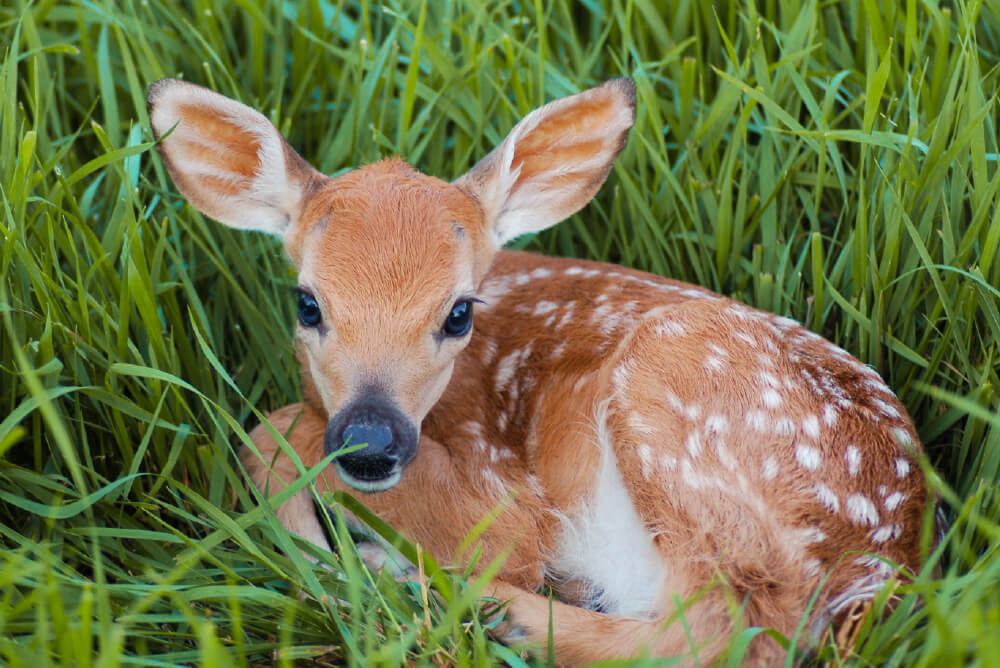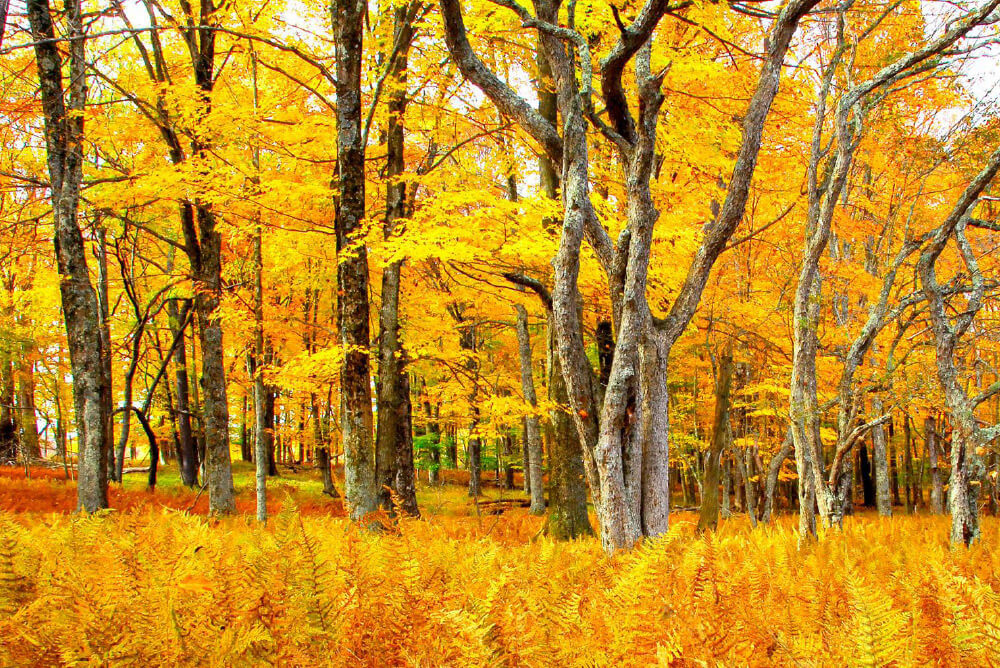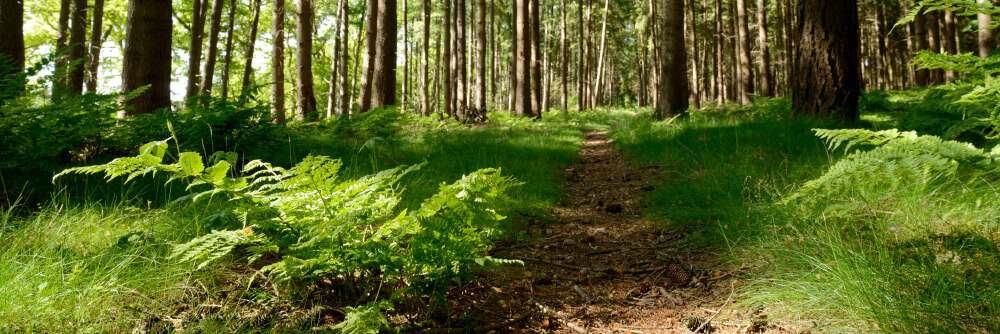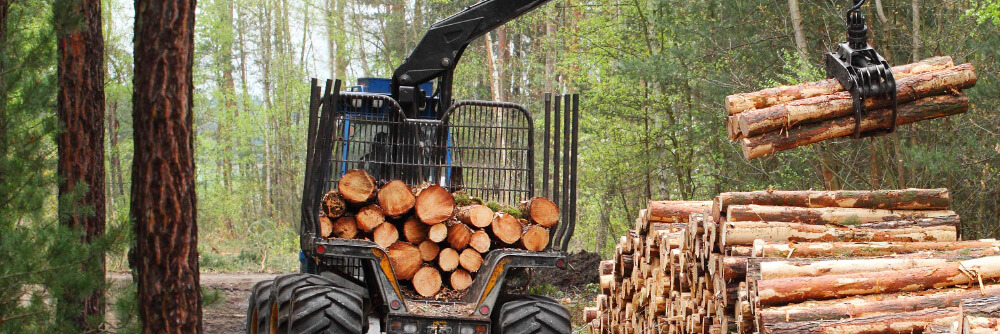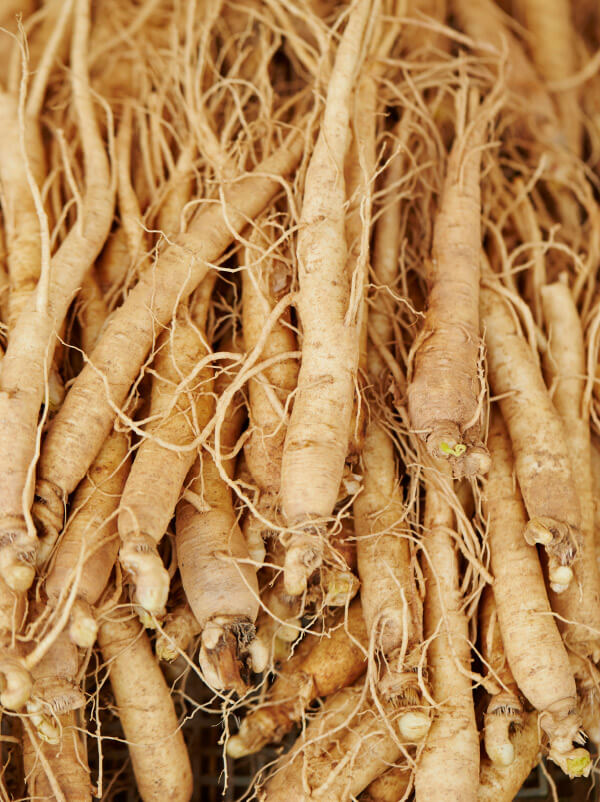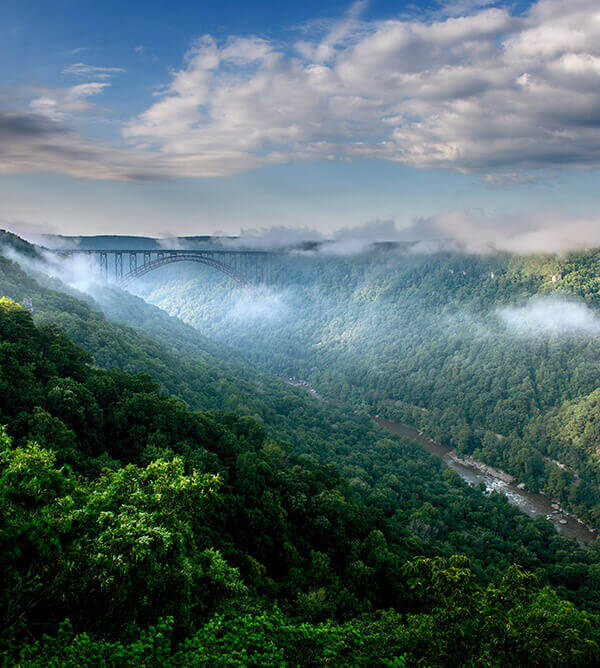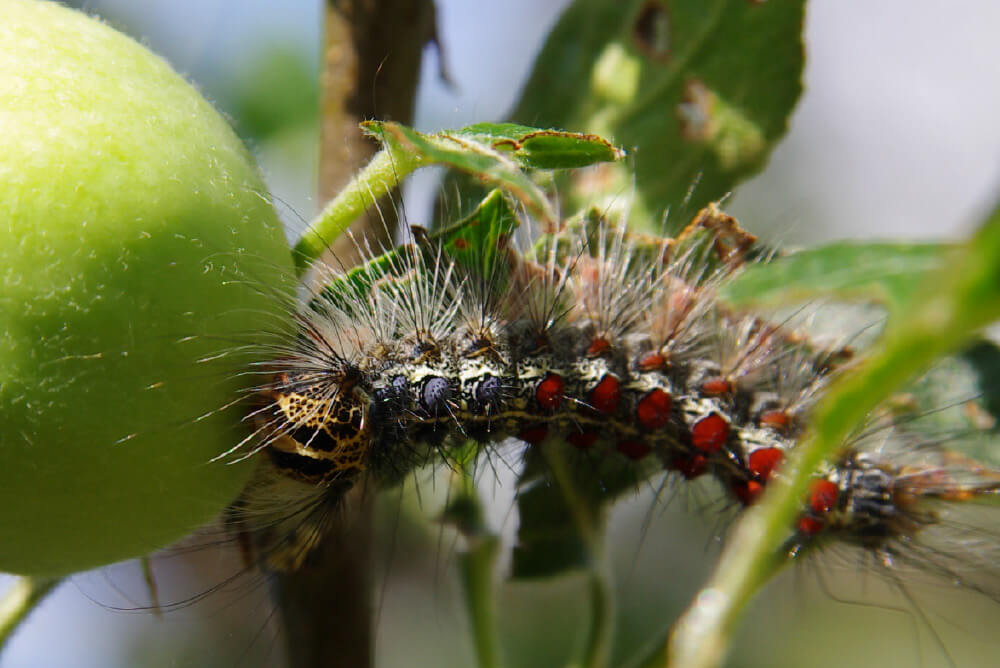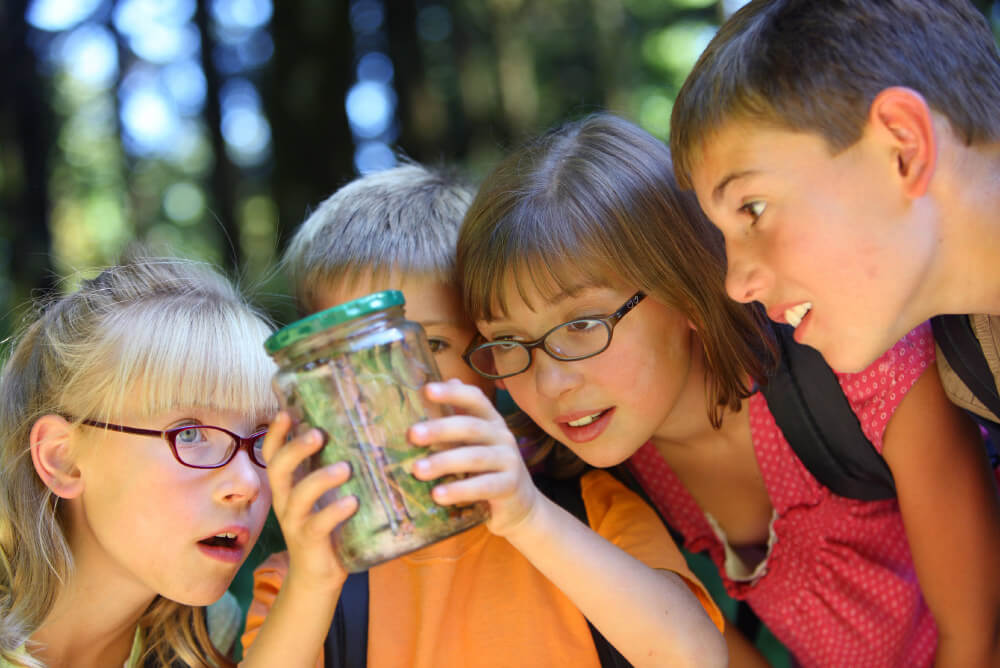Trees undergo dormant phase in the cold weather months
Bears, bats and box turtles aren’t the only woodland life forms that hibernate in winter. Did you know that trees also hibernate in their own way?
During winter, many wild animals sink into a long rest phase, lowering their metabolic rate, temperature, heart rate and breathing to reduce their need for food.
Trees undergo a similar transformation, according to Assistant State Forester Linda Carnell. This phase is described as dormancy.
“It’s almost like it’s asleep. It’s still living; it’s just holding onto everything because the temperatures are too cold for it to produce anything,” said Carnell, whose Forestry field is in education.
As summer fades into autumn and beyond, the number of daylight hours drop off, the sun is not as strong, and the ground starts freezing. The trees kick into self-preservation mode, shutting down their chlorophyll production and relying on stored glucose for energy instead.
“The tree is not going to try and take up water in a frozen ground. It’s almost like a suspended animation,” Carnell said. “It just kind of stops it’s still alive and it waits for the daylight to start and the temperatures to go up.”
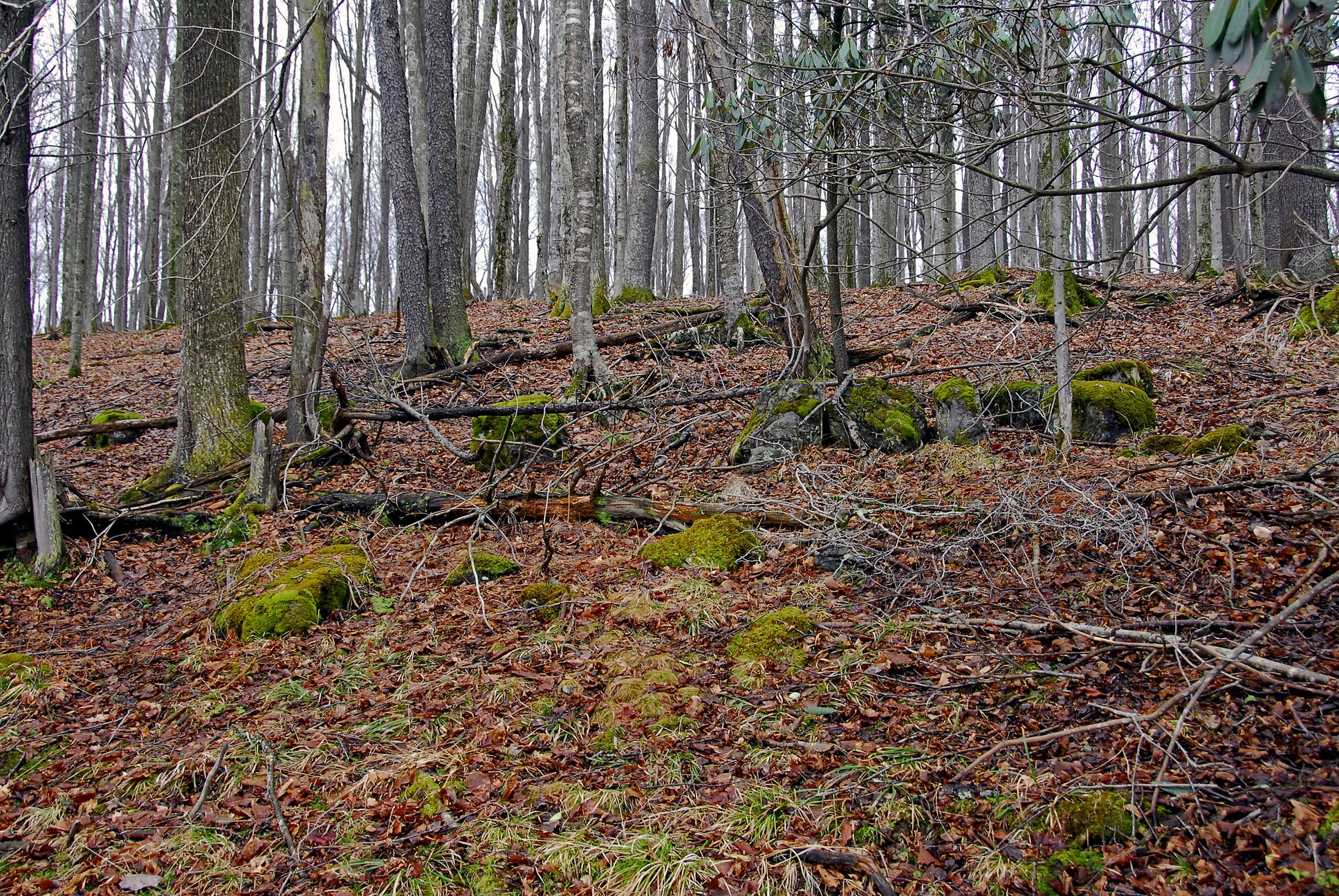
Awakening
Trees awaken from their winter slumber long before the first buds open in spring. You might not see any outward signs of rebirth yet, but there’s a lot going on inside the tree. That’s why people often tap sugar maple trees in February, while there is still snow on the ground.
During warm periods, pressure develops inside the tree, causing the sap to flow out through a wound or tap hole. When the temperature falls below freezing, suction draws water into the tree through the roots. This replenishes the sap and allows it to flow again during the next warm period.
“When the sap is running, that means the ground has warmed up enough, the days are getting a little warmer, and now that sap is moving and the tree becomes awake again,” Carnell said.
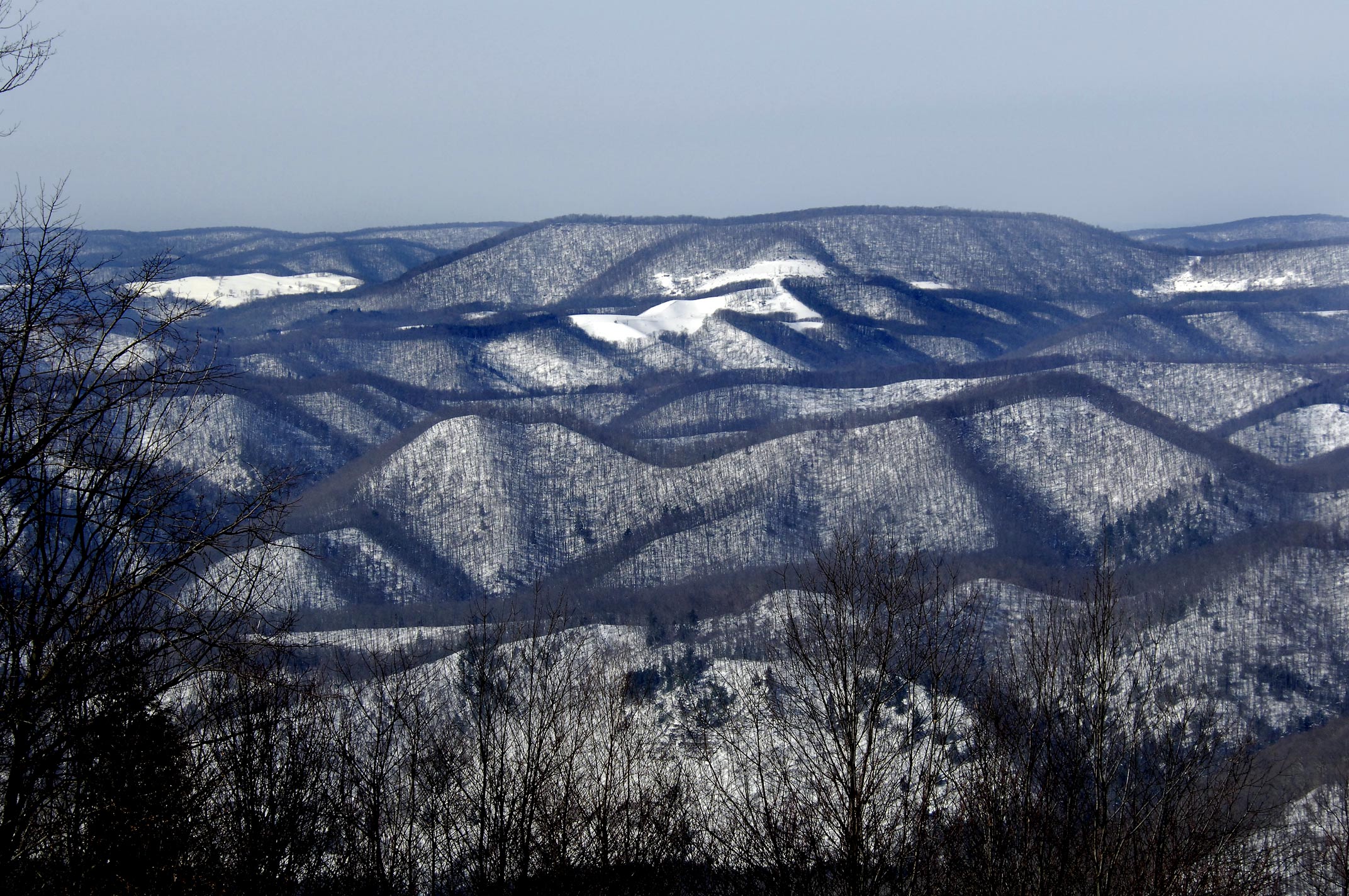
Educational opportunities
Learn more about the life cycle of trees through Project Learning Tree, an environmental education program administered jointly through the WV Division of Forestry and the WV Forestry Association.
The WVDOF also manages seven state forests; their combined total of over 100 miles of hiking trails are ideal for field trips and other educational excursions.


